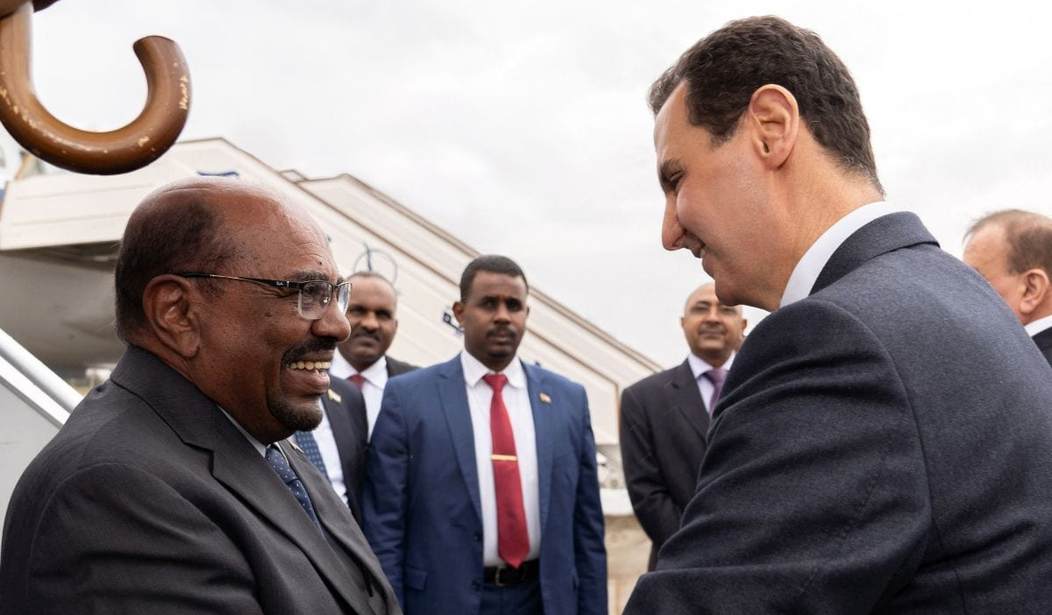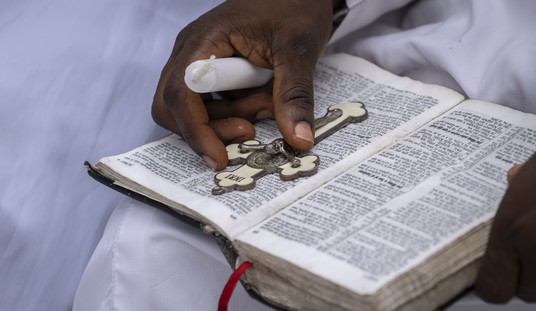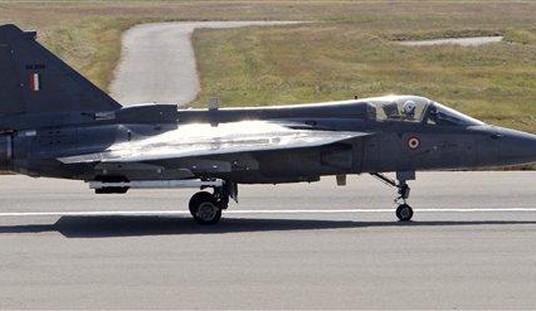On a surprise trip to Iraq to visit the U.S. troops during Christmas, President Donald Trump was asked by a reporter on the return flight, what impact will his December 19, 2018 directive to withdraw the 2,200 U.S. forces currently in Syria, have on Israel? He replied, “We give Israel $4.5 billion security every year, and so Israel will be very good.”
As we look ahead to the New Year (2019), President Trump’s move in Syria may create ominous problems for Israel. An analysis by the Washington, DC based Center for Strategic and International Studies concluded that, “Israel is among the most important losers,” as a result of the U.S. withdrawal from Syria, along with the U.S. Kurdish allies in Syria. It also pointed out that the clearest winners from the U.S. decision are Russia, Iran, and Turkey, as well as the Assad regime – the new axis of evil.
In deciding to withdraw the U.S. troops from Syria, the Trump administration has abandoned its declared objectives that brought the U.S. forces to Syria in the first place. The first objective was defeating the Islamic State (IS) terrorists. The U.S. along with its Kurdish allies, dealt severe blows to IS, but this Jihadist terror group still has a presence in Syria, and might gather new momentum with the U.S. troop withdrawal.
The second objective was the removal of the Iranian forces and their proxies from Syria. This has not been achieved. On the contrary, the absence of U.S. troops clears a corridor for the Iranians and their proxies all the way to the Mediterranean Sea, and to the Golan Heights border with Israel. It may result in a future direct confrontation between Israel and Iran. Moreover, Israel will have to find an accommodation with Russia if it seeks to operate in Syria against Iran. For Israel, this is an existential matter. A victorious Hezbollah, moving its forces out of Syria, and placing them in Southern Lebanon, poses a serious strategic threat to Israel.
Thirdly, the political transition in Syria will see the Assad regime reassert control over all of Syria. That is precisely against the original U.S. objective, which was to remove this genocidal regime that murdered almost 500,000 of its citizenry. In fact, those who will sit at the table negotiating Syria’s future will be Russia, Iran, Turkey and the Assad regime. The U.S. will be out of the picture.
The moral lesson of the U.S. withdrawal and, the betrayal again of the Kurds will reverberate in the region for a long time. The U.S. has now repeatedly betrayed the Kurds. In 1991, President Bush, Senior encouraged the Kurds to rise up against Saddam Hussein’s Iraq. They did just that, and when Saddam turned his bombers against the Kurdish population, the U.S. did nothing to protect them. No fly-zones were established only after thousands of Kurdish civilians were killed. In 2018, the best of Kurdish men and women fought alongside the U.S. forces against IS, and died, in order to achieve a U.S. objective. Now, the U.S. will be giving a green light to Turkey’s dictator, President Recep Tayyip Erdogan, to butcher these same Kurdish fighters.
The U.S. decision to withdraw from Syria now seems to have been motivated by a desire to appease Erdogan. The latter has objected to the U.S. arming and training of Kurdish forces. Erdogan has threatened an imminent Turkish incursion into Kurdish controlled areas in Syria. This would have been a clear provocation and a step by the Turks against U.S. forces. Days before President Trump’s December 19, 2018 announcement of the U.S. withdrawal, he held a telephone conversation with Erdogan. The U.S., it appears, sacrificed its Kurdish allies in order to get the Turks to purchase U.S. Patriot air-defense missiles instead of Russia’s S-400 missiles. As part of the deal, Trump is also considering extraditing Fethullah Gulen, the Turkish dissident religious leader currently residing in Pennsylvania. Gulen has been a critic of Erdogan’s dictatorial behavior, and a potential rival.
For the Kurds, unless the British and French can provide protection for them from the genocidal Erdogan, it is more than likely that they will seek Russian protection along with merging their army with Assad’s Syrian army. It will cost them the autonomy in northeastern Syria they have enjoyed since the start of the Syrian civil war. The U.S. will lose the support and loyalty of two million plus Kurds in Syria, who served as dependable allies.
2019 will witness the return of Assad’s Syria to the Arab League from which it was expelled in 2011, as a result of its brutal suppression of the predominantly Sunni Arab opposition. Omar el-Bashir, the Sudanese President, arrived last week in Damascus, the first such Arab League member to visit Assad’s Syria since they were expelled. Bashir, like Bashar Assad, has been charged with genocide. The Wall Street Journal (December 27, 2018) ran a headline that said, “Thaw Warms ties between Gulf States and Syria.” The Saudis, Emirates, and the other Gulf states are now seeking to go with the winner, which is Assad’s Syria. They have been reconciled to the idea that the U.S. has lost interest in the future of Syria.
Egypt, under President Abdel Fattah el-Sisi, now entering its fifth year, is showing signs of recovery. His seemingly effective war against Islamist terror, and significant economic projects he initiated, are bringing back tourism to Egypt. The Egyptian economy is also showing positive signs of slow recovery. The trauma of the “Arab Spring” has made Egyptians resign themselves to the current reality of el-Sisi as an improved version of former President Mubarak. Egyptians seem to prefer a benevolent dictator over anarchy or being ruled by the Muslim Brotherhood.
Tunisia, which pioneered the “Arab Spring” of 2011, has been experiencing waves of protest and demonstrations throughout 2018, due to the worsening economic situation, and rising unemployment in the country. 2019 does not appear to look much better.
In Iraq, the traditional struggle between Shiites and Sunnis, has, in 2018, turned into a Shiite vs. Shiite confrontation. The 2018 elections elevated the stature of Muqtada al-Sadr, the Shiite clerical firebrand. His party won the largest number of votes. Fighting against corruption, he has organized anti-government demonstrations in Basra (the second largest city in southern Iraq). Sadr protested against the rich, pro-Iranian Baghdad elites who run the country. These protests have turned against Iran, and 2019 will likely see continued instability in the country, and the Baghdad governments’ inability to carry out reconstruction following the defeat of the Islamic State.
Saudi Arabia’s war against the Houthis in Yemen has become what Vietnam was for the U.S. – an apparent quagmire. The Houthis, supported by Iran, continue their control over Yemen’s capital Sanaa, and like Hezbollah in Lebanon, continue to build up their missile stockpiles. The fortunes of Muhammad Bin Salman (MBS), the Crown Prince, have declined in 2018. The Khashoggi murder has hurt the Kingdom’s relations with the West. However, as 2019 rolls in, and the Khashoggi story fades into history, MBS’s economic projects including the “Saudi Riviera,” and the high-speed rail system, point to a Saudi future beyond oil.
The U.S. administration decision to end the U.S. presence in Syria will be acutely felt in 2019. The U.S. will not have a seat at the table in dealing with the future of Syria. As a result, serious convulsions can be expected in the heart of the Middle East with serious consequences for both Israel and the U.S.









Join the conversation as a VIP Member